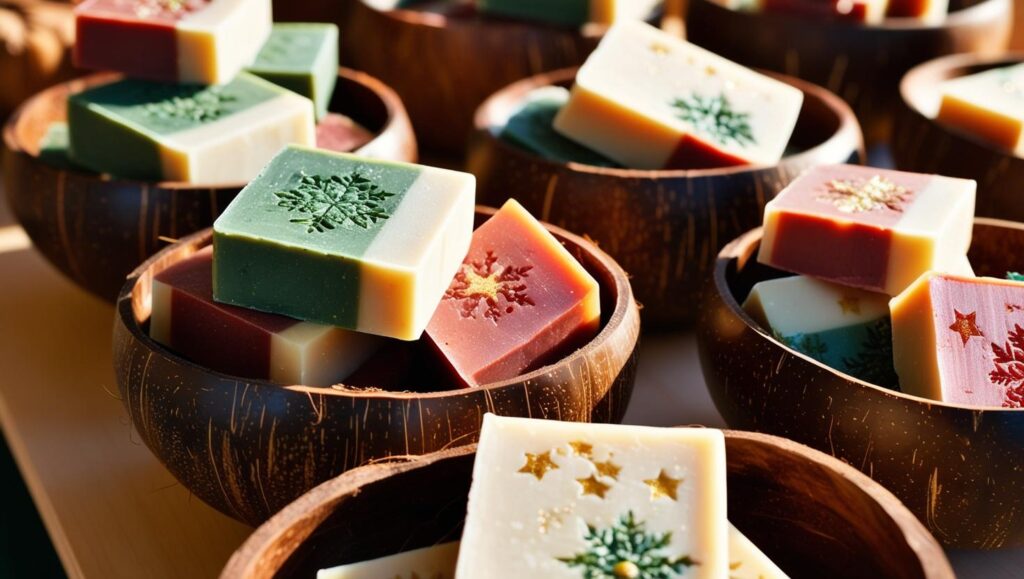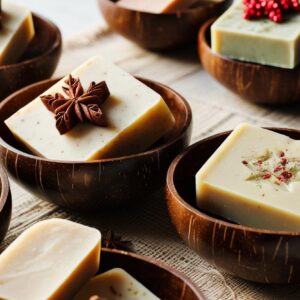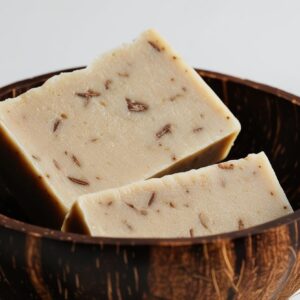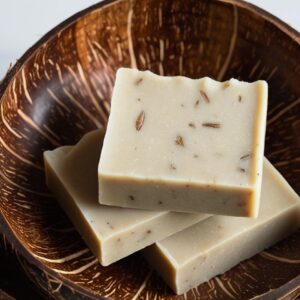Learn about various soap bases to use with your square molds!
Exploring Different Soap Bases for Square Molds
Choosing the right soap base is crucial for your soap-making success. In this blog post, we’ll explore different types of soap bases that work well with reusable square molds, including glycerin, shea butter, and olive oil bases. We’ll discuss their properties, benefits, and how they can impact the final product. Discover which soap base is right for your next project!
Exploring Different Soap Bases for Square Molds
Soap crafting is a delightful and creative hobby that allows you to make personalized, beautiful, and functional products for yourself, your loved ones, or even for sale. One of the key elements in soap making is choosing the right soap base. If you’re working with square molds, the type of soap base you select can significantly impact the final product’s appearance, texture, and usability. Let’s dive into some popular soap base options and how they work with square molds.
Why Square Molds?
Square molds are a classic choice for soap makers because they provide clean, geometric lines and a versatile shape that’s easy to package or stack. The uniformity of square bars also gives a professional touch to handmade soaps. Whether you’re creating simple, single-color bars or experimenting with intricate swirls and layers, square molds are a fantastic canvas for your creativity.
However, the type of soap base you use can influence how well your soap sets in the mold and how it looks once unmolded. Some bases are better suited for intricate designs, while others shine in their simplicity. Let’s take a closer look at some common soap bases and their characteristics.
1. Glycerin (Melt and Pour) Soap Base
One of the most beginner-friendly options, glycerin soap bases are transparent, versatile, and easy to work with. They’re perfect for square molds because their smooth texture allows for clean edges and a polished finish.
Pros:
- Ideal for layering and embedding designs.
- Takes color and fragrance well.
- Quick to set and easy to unmold.
Cons:
- May sweat in humid environments due to its high glycerin content.
- Not as moisturizing as some other bases.
Best Uses: If you want to create colorful, translucent soaps or add fun elements like dried flowers or small embeds, this is an excellent choice for square molds.
2. Shea Butter Soap Base
Shea butter soap bases are rich, creamy, and highly moisturizing. They produce a luxurious bar of soap that feels indulgent on the skin. When used with square molds, this base creates a smooth, solid bar with a slightly opaque finish.
Pros:
- Excellent for dry or sensitive skin.
- Creates a soft, velvety lather.
- Holds fragrance and color well.
Cons:
- Slightly softer than other bases, so it may require careful handling when unmolding.
- Takes longer to harden completely.
Best Uses: This is perfect for making nourishing soaps with natural or earthy tones. Add essential oils like lavender or chamomile for an extra calming touch.
3. Goat Milk Soap Base
Goat milk soap is beloved for its creamy texture and skin-loving properties. It’s gentle, hydrating, and ideal for those with sensitive skin. Its natural off-white color adds a rustic charm to square soaps.
Pros:
- Gentle on the skin and packed with vitamins.
- Creates a rich, luxurious lather.
- Has a natural creaminess that pairs well with subtle fragrances.
Cons:
- Can discolor slightly over time if exposed to air or light.
- May require extra care during storage to maintain its quality.
Best Uses: Goat milk soap works beautifully in square molds for simple, elegant designs. Pair it with natural additives like oatmeal or honey for an extra soothing touch.
4. Olive Oil Soap Base (Castile Soap)
Olive oil-based soaps are known for their mildness and moisturizing properties. They produce a harder bar of soap that lasts longer with use. In square molds, olive oil soap creates a classic, minimalist look.
Pros:
- Gentle and suitable for all skin types.
- Long-lasting and economical.
- Creates a creamy lather without being overly bubbly.
Cons:
- Takes longer to cure compared to other bases.
- May feel slimy during use if not fully cured.
Best Uses: This base is great for making natural-looking soaps with minimal additives. It’s an excellent choice if you’re aiming for an eco-friendly product with simple ingredients.
5. Coconut Oil Soap Base
Coconut oil soap bases are popular for their cleansing properties and ability to produce a bubbly lather. When used in square molds, they create firm bars with a bright white finish that looks clean and modern.
Pros:
- High cleansing power.
- Creates a hard bar that lasts longer in the shower.
- Bright white color enhances vibrant designs.
Cons:
- Can be drying if used in high concentrations.
- May not be suitable for very dry or sensitive skin.
Best Uses: Coconut oil soap is perfect for vibrant designs or tropical-themed soaps. Add citrus or coconut fragrances to complement its clean, refreshing vibe.
6. Honey Soap Base
Honey soap bases are naturally soothing and moisturizing. They have a warm golden hue that adds a touch of elegance to square bars.
Pros:
- Naturally antibacterial and hydrating.
- Subtle golden color adds visual appeal.
- Pairs well with natural additives like oats or cinnamon.
Cons:
- Can be sticky during the melting process.
- May darken slightly over time due to the natural sugars in honey.
Best Uses: Use honey soap bases for warm-toned designs or rustic-themed soaps. They’re perfect as gifts during the fall or holiday season.
7. Aloe Vera Soap Base
Aloe vera is known for its soothing properties, making it an excellent choice for sensitive or sunburned skin. Aloe vera soap bases have a light green tint that looks refreshing in square molds.
Pros:
- Gentle and calming on the skin.
- Naturally hydrating without being heavy.
- Works well with light fragrances like cucumber or mint.
Cons:
- May be harder to find compared to other bases.
- Slightly trickier to color due to its natural green tint.
Best Uses: Aloe vera soap is ideal for summer-themed soaps or gentle facial bars. Use it as a base for spa-inspired creations.
Tips for Using Square Molds
- Prep Your Mold: Make sure your square molds are clean and dry before pouring in your soap base. Silicone molds work best as they make unmolding easier.
- Avoid Overfilling: Pour your melted soap base carefully to avoid overfilling the molds. This ensures neat edges on your finished bars.
- Tap Out Bubbles: Gently tap the mold on your work surface after pouring to release any air bubbles trapped in the soap base.
- Be Patient: Allow your soap to cool and harden completely before unmolding. Rushing this step can lead to uneven edges or damage to your bar.
- Customize Your Design: Square molds provide a great opportunity for layering colors, embedding objects, or creating geometric patterns.
Final Thoughts
Choosing the right soap base is essential for creating beautiful and functional soaps in square molds. Whether you prefer the transparency of glycerin, the creaminess of shea butter, or the rustic charm of goat milk, there’s a base out there to suit your needs. Experimenting with different bases can help you discover your favorite combinations of texture, appearance, and skin benefits.
Remember, soap crafting is all about creativity and fun! Don’t be afraid to try new techniques or mix different bases together to create unique results. With square molds as your foundation, the possibilities are endless! Happy soaping!




